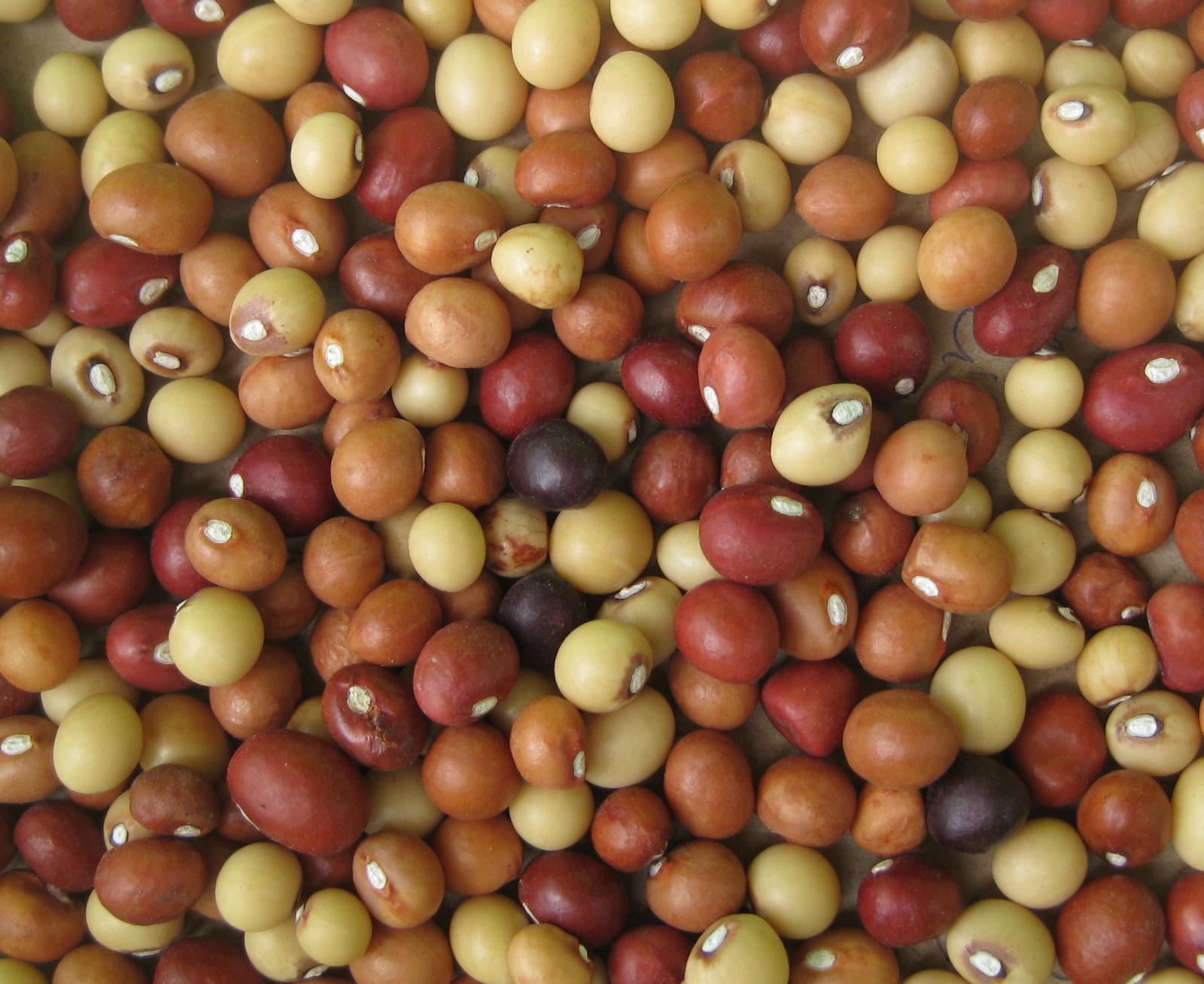Mutoko is a small town located in the Mashonaland East province of Zimbabwe, approximately 143 km northeast of Harare.
Established as an administrative station in 1911, the town holds historical significance and serves as the capital of the Mutoko District.
This comprehensive biography explores the origins, cultural aspects, geographical features, educational institutions, and notable attractions of Mutoko.
ALSO READ: https://zimprofiles.com/bikita-s-cultural-mosaic-history-heritage-and-rural-development/

Exploring Mutoko. picture credit to Zim bho
Name Origin
Mutoko derives its name from the local chief, Mutoko, who played a significant role in the town’s history and development.
The name “Mutoko” has two possible origins, both of which are steeped in the history and culture of the Shona people of Zimbabwe.
1. Named after a local chief:
- The most widely accepted explanation is that Mutoko is named after Chief Mutoko, who ruled the area in the early 20th century.
- This naming convention is common in Zimbabwe, with many towns and villages bearing the names of their founding chiefs or historical figures.
2. Derived from the Shona language:
- Some people believe that the name “Mutoko” is derived from the Shona word “mutoko”, which means “hunter” or “warrior”.
- This interpretation aligns with the historical context of the region, as the area was once home to several powerful Shona chiefdoms.
It is important to note that there is no definitive answer to the question of the origin of the name “Mutoko”.
Both of the explanations presented above have their own merits, and the truth likely lies somewhere in between.
ALSO READ: https://zimprofiles.com/get-to-know-binga-and-breath-taking-places-to-visit/
A Brief History
Mutoko was founded in 1911 and has since grown into a key administrative and cultural centre. The town’s history is intertwined with the Buja people, who settled in Mutoko, led by Nehor-eka, a spiritual leader.
The Buja people are renowned for their agricultural practices, particularly in tomato and mango farming, contributing to Mutoko’s status as a major agricultural hub in Zimbabwe.
Unveiling Mutoko’s Storied Past: A Brief Historical Journey

Exploring Mutoko. image credit to Bryoryans
Mutoko, nestled in the heart of Zimbabwe’s Mashonaland East province, boasts a captivating history interwoven with the Shona people’s narrative.
Its journey unfolds through ancient ruins, colonial influences, and the resilience of its inhabitants.
Early Inhabitants and the Enigma of Mutoko Ruins:
- Archaeological evidence suggests a human presence in Mutoko dating back to the 2nd century AD.
- The enigmatic Mutoko Ruins, perched atop granite kopjes, stand as a testament to a thriving civilization that flourished between the 10th and 14th centuries.
- These intricately constructed stone enclosures, reminiscent of Great Zimbabwe, spark debate about their builders and purpose. Some believe they were the domain of powerful chiefs, while others propose a religious significance.
Arrival of the Buja People and the Colonial Era:
- Around the 16th century, the Buja people, led by Nehoreka, migrated from Mozambique and settled in Mutoko.
- Their rich cultural heritage, including the revered lion totem (Shumba Nyamuzihwa), continues to shape the region’s identity.
- In 1911, Mutoko transformed into an administrative centre under British colonial rule.
- The establishment of infrastructure like the Nyamapanda Highway connected the town to Harare and facilitated trade.
Post-Independence and Beyond:
- Mutoko witnessed significant changes after Zimbabwe’s independence in 1980.
- Land redistribution programs aimed to address historical imbalances, shaping the rural landscape.
- Today, Mutoko thrives as an agricultural hub, renowned for its production of tomatoes, mangoes, and maize.
- Granite mining also contributes to the local economy.
Mutoko’s Future:
- Looking ahead, Mutoko faces challenges like climate change and rural-urban migration.
- However, its vibrant history, cultural heritage, and hardworking people serve as a foundation for navigating these transitions.
- As Mutoko embarks on a new chapter, its story continues to inspire, reminding us of the enduring spirit of its people and the enduring legacy of its past.
Culture Around
The Buja people, known for their resilience and agricultural prowess, have a rich cultural heritage. Their totem, the lion (shumba), symbolizes strength and courage. Nehor-eka, a prominent figure in Buja spirituality, played a crucial role in shaping the cultural landscape of Mutoko.
ALSO READ: https://zimprofiles.com/chegutu-unveiling-the-rich-tapestry-of-zimbabwean-heritage/
Geographical Location
Mutoko is situated in the Mashonaland East province, offering a mountainous terrain and serving as a vital source of granite stone. The town’s geographical features contribute to its prominence as a key agricultural and mining region.
Schools in Mutoko
The Mutoko District hosts several educational institutions, including Nyadire Methodist Mission, Mutoko High School, All Souls Catholic Mission, and Nyamuzuwe Methodist Mission.
These institutions play a pivotal role in providing education and shaping the future of the local community.
ALSO READ: https://zimprofiles.com/bikita-s-cultural-mosaic-history-heritage-and-rural-development/
Places To Visit

Exploring Mutoko. image credit to Flickr
Tourist attractions in Mutoko include Mutoko Airport, Mutoko Centre, Mutoko Ruins, and Mudzi River. These sites offer a glimpse into the town’s history, natural beauty, and cultural significance.
Here are the top 3 places to visit in Binga:
- Binga Sand Beach: This popular spot offers stunning views of Lake Kariba and is a great place to relax and soak up the sun. Just be sure to exercise caution if you get into the water, as crocodiles can be a risk.
- Chibwatata Hot Spring: Take a dip in the natural hot springs and enjoy the therapeutic benefits of the mineral-rich water.
- Binga Crocodile Farm or Binga Main Crocodile Farm: Learn about these fascinating creatures and see them up close at one of the crocodile farms.
Mutoko Council Contacts
Mutoko Ruins and Tere RaMakate
Mutoko is home to historical ruins known as Tere RaMakate, believed to have been built and occupied by Chief Makate.
The ruins, with their unique stonework, provide insight into the town’s early settlements and historical significance.
Mutoko Ruins:
Dating and Origins:
- Believed to have been constructed around 1000 AD, though earlier pottery fragments suggest human presence as early as 200 AD.
- Considered contemporary or later than Great Zimbabwe, flourished between 1300-1400 AD.
- Associated with the Buja people, led by Nehoreka, who arrived in the area from Mhingari (present-day Mozambique).
Significance:
- Represents a significant Iron Age settlement in Zimbabwe, showcasing impressive stone structures and evidence of social complexity.
- Offers insights into trade networks, religious practices, and daily life of the Buja people.
- Considered a sacred site by the Buja community, known as “Tere RaMakate” (Makate’s former village).
Tere RaMakate:
- Alternative name for Mutoko Ruins:
- Used by the Buja people, reflecting their belief that the site predates their arrival and belonged to an earlier leader named Makate.
- Legend tells of Nehoreka’s sister, Chingate (Nyamungate), marrying Makate and using trickery to gain control of the land for Nehoreka. Exploring Mutoko
Additional Resources:
- Mutoko (or Tere) Monument: https://zimfieldguide.com/mashonaland-east/mutoko-or-tere-monument
- Tracing the Buja culture, its history and mysteries: https://zimfieldguide.com/mashonaland-east/mutoko-or-tere-monument
- Mutoko Ruins: https://zimfieldguide.com/mashonaland-east/mutoko-or-tere-monument
Saving the Bambara Nut in Mutoko

Exploring Mutoko image credit to Flickr
The local farmers in Mutoko faced food insecurity, leading to a decline in traditional crops like the Bambara nut.
Efforts were made to address this issue through a project aimed at characterizing landraces and preventing further loss of the Bambara nut.
This initiative focused on preserving biodiversity and cultural knowledge related to traditional foods.
References
- Mutoko – Wikipedia
- Date Published: Not Available
- Mutoko or Tere Monument – Zimbabwe Field Guide
- Date Published: Not Available
- Saving the Bambara Nut in Mutoko, Zimbabwe – FAO
- Date Published: Not Available
- The Nehoreka Descendants of Mukoto – Zimtribes Blog
- Author: Misheck Samanyanga
- Date Published: April 18, 2023



